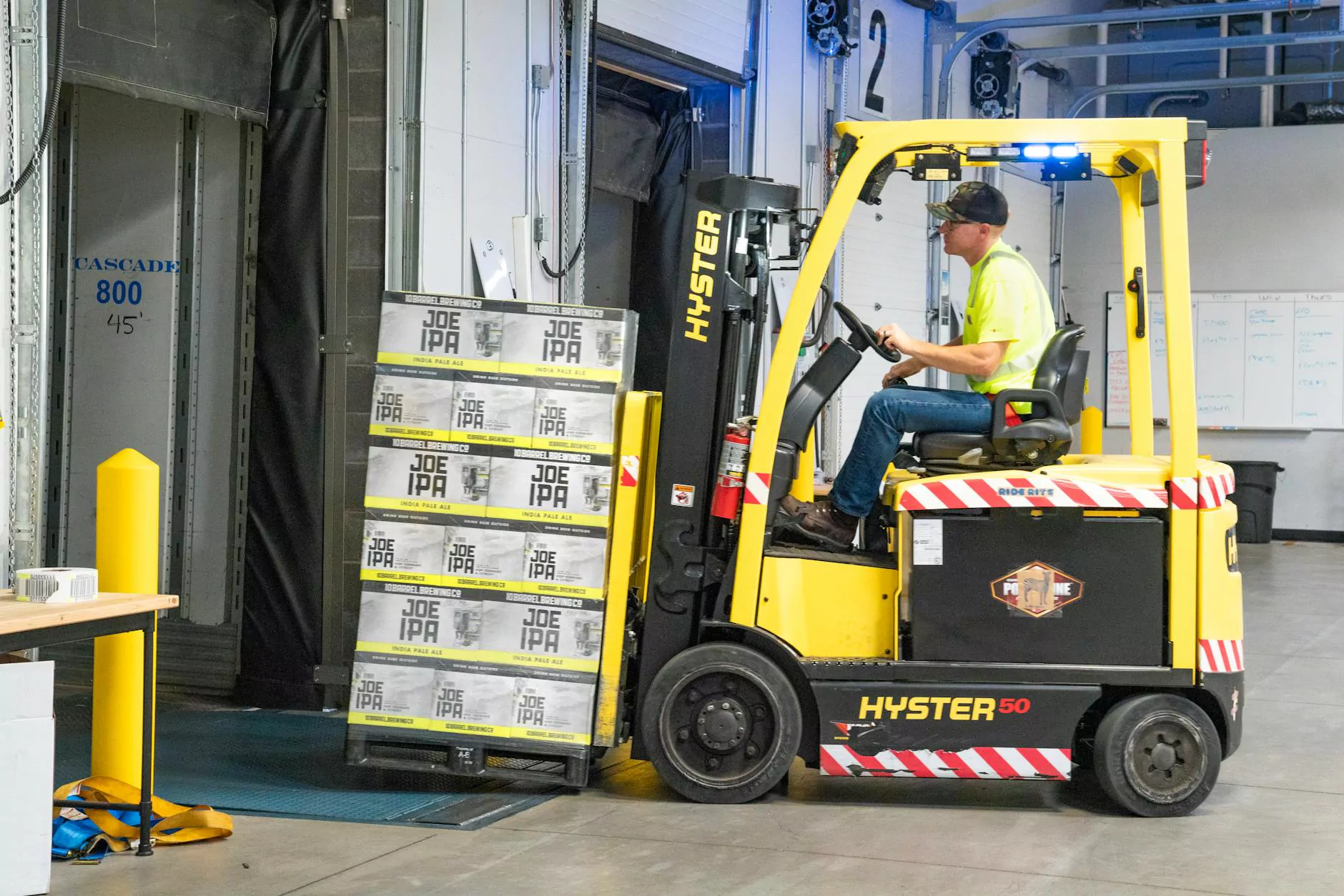Unlocking the Power of Brand Film Production

Brand film production is not just a trend; it is an essential strategy for businesses aiming to establish a strong and memorable presence in an ever-competitive market. By harnessing the unique capabilities of visual storytelling, companies can connect with their audience on a deeper emotional level, driving engagement and fostering brand loyalty. In this extensive guide, we will uncover the intricacies of brand film production, its significance, and how businesses can leverage it effectively. From understanding the types of brand films to practical implementation, we cover it all.
What is Brand Film Production?
At its core, brand film production is the process of creating short films that encapsulate a company's message, culture, and value proposition. Unlike traditional advertisements, brand films focus on storytelling and emotional resonance rather than direct promotion. This approach allows brands to engage customers more authentically and establish a lasting connection.
The Importance of Brand Film Production
A well-crafted brand film can serve several pivotal roles in a business's marketing strategy:
- Enhanced Engagement: Films can captivate and retain audience attention much more effectively than static content.
- Emotional Connection: Storytelling fosters empathy, allowing viewers to relate to a brand on a personal level.
- Memorability: People are more likely to remember their experiences with a narrative-driven film than a simple advertisement.
- Brand Identity: Help to establish and convey a company’s values and mission through visual communication.
Types of Brand Films
When it comes to brand film production, there are several formats, each with its unique benefits:
1. Corporate Documentaries
These films offer a deeper insight into a company's history, culture, and values. They often incorporate interviews, behind-the-scenes footage, and testimonials, painting a comprehensive picture of the brand.
2. Product Videos
While these may seem overtly promotional, product videos can utilize storytelling techniques to showcase product features in real-world scenarios, making them more relatable and engaging for potential buyers.
3. Customer Testimonials
Featuring satisfied customers can greatly enhance a brand's credibility. These films highlight genuine experiences and foster trust among prospective clients.
4. Brand Stories
These films communicate a brand’s mission or a particular initiative that resonates with the audience. By narrating a compelling story, brands can evoke emotions that align with their values.
Key Elements of Effective Brand Film Production
To create impactful brand films, several key elements must be considered:
1. Clear Objective
Identify the main message and desired outcomes of the film. Whether it’s to increase brand awareness, promote a product, or build community, clarity from the outset is crucial for guiding the production process.
2. Compelling Script
The script is the backbone of any film. Crafting a compelling story that captivates the audience and communicates the intended message is essential. Focus on structure, character development, and emotional appeal.
3. High-Quality Production
Visual quality can make or break a film. Investing in professional cinematography, sound design, and editing ensures that the final product is polished and engaging for viewers.
4. Strong Brand Representation
Ensure that the film accurately represents the brand’s identity, values, and mission. Authentic representation establishes trust and facilitates a genuine connection with viewers.
Steps to Creating a Successful Brand Film
The process of creating a brand film can be broken down into several key stages:
1. Pre-Production Planning
- Research: Understand your audience and gather insights on what resonates with them.
- Concept Development: Brainstorm ideas and narrow them down to one clear concept that aligns with your objectives.
- Scriptwriting: Develop a script that tells a compelling story while incorporating brand elements.
- Scheduling: Plan the production timeline, including shooting days and post-production phases.
2. Production
- Filming: Ensure all equipment is set up and that your crew knows their roles before capturing footage.
- Direction: Guide the actors and crew to bring the script to life and maintain the desired tone.
- Sound and Lighting: Pay attention to the technical aspects, which play a crucial role in the film's overall quality.
3. Post-Production
- Editing: Assemble the footage, focus on pacing, and ensure a cohesive narrative.
- Sound Design: Add music, sound effects, and voiceovers to enhance the film’s emotional impact.
- Final Review: Conduct multiple reviews to ensure that the film meets the original vision and objectives.
Distributing Your Brand Film
Once the film is produced, having a distribution strategy is essential for maximizing reach and impact:
1. Leverage Social Media
Shared on platforms like Facebook, Instagram, LinkedIn, and Twitter, brand films can go viral, especially if they resonate emotionally with the audience.
2. Utilize Your Website
Embedding brand films on landing pages can significantly enhance user engagement, potentially increasing conversion rates.
3. Email Marketing
Including brand films in newsletters can enrich your email campaigns and serve as an engaging way to communicate with your audience.
4. Collaborate with Influencers
Partnering with influencers in your industry can extend the reach of your brand film to their followers, creating authentic social validation.
Measuring the Success of Your Brand Film
To assess the impact of your brand film, it’s crucial to track and analyze key performance indicators (KPIs):
- View Count: Monitor the number of views across various platforms to gauge overall reach.
- Engagement Ratio: Look for likes, shares, comments, and interactions to measure audience engagement.
- Website Traffic: Analyze traffic sources and rates post-release to see if the film drives users to your site.
- Conversion Rate: Assess changes in conversion rates attributable to the film's launch.
Conclusion
In an era where consumers are inundated with messages, brand film production stands out as a powerful medium for storytelling and engagement. By understanding its significance and employing strategic production techniques, businesses can create films that not only resonate with their audience but also enhance brand loyalty and identity. As companies like Esteban Castle demonstrate, the mastery of brand film production can transform how brands communicate their narrative.
By following the guidelines outlined in this article, you can harness the full potential of brand film production to propel your business forward, engage your audience, and ultimately drive success. Strong narratives told through compelling visuals are the future of branding, and those who adapt will undoubtedly thrive in this landscape.









